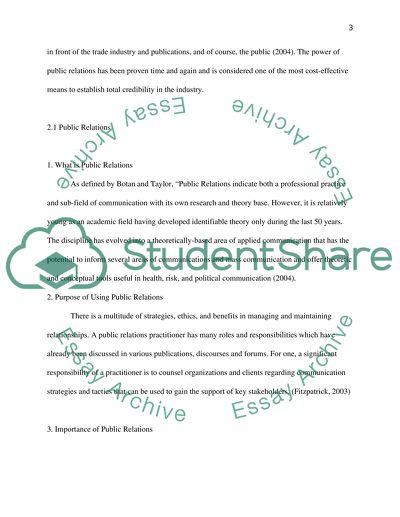Cite this document
(“Evaluate how Public Relations departments handle a crisis- in a hotel: Dissertation”, n.d.)
Retrieved from https://studentshare.org/family-consumer-science/1409841-evaluate-how-public-relations-departments-handle-a
Retrieved from https://studentshare.org/family-consumer-science/1409841-evaluate-how-public-relations-departments-handle-a
(Evaluate How Public Relations Departments Handle a Crisis- in a Hotel: Dissertation)
https://studentshare.org/family-consumer-science/1409841-evaluate-how-public-relations-departments-handle-a.
https://studentshare.org/family-consumer-science/1409841-evaluate-how-public-relations-departments-handle-a.
“Evaluate How Public Relations Departments Handle a Crisis- in a Hotel: Dissertation”, n.d. https://studentshare.org/family-consumer-science/1409841-evaluate-how-public-relations-departments-handle-a.


